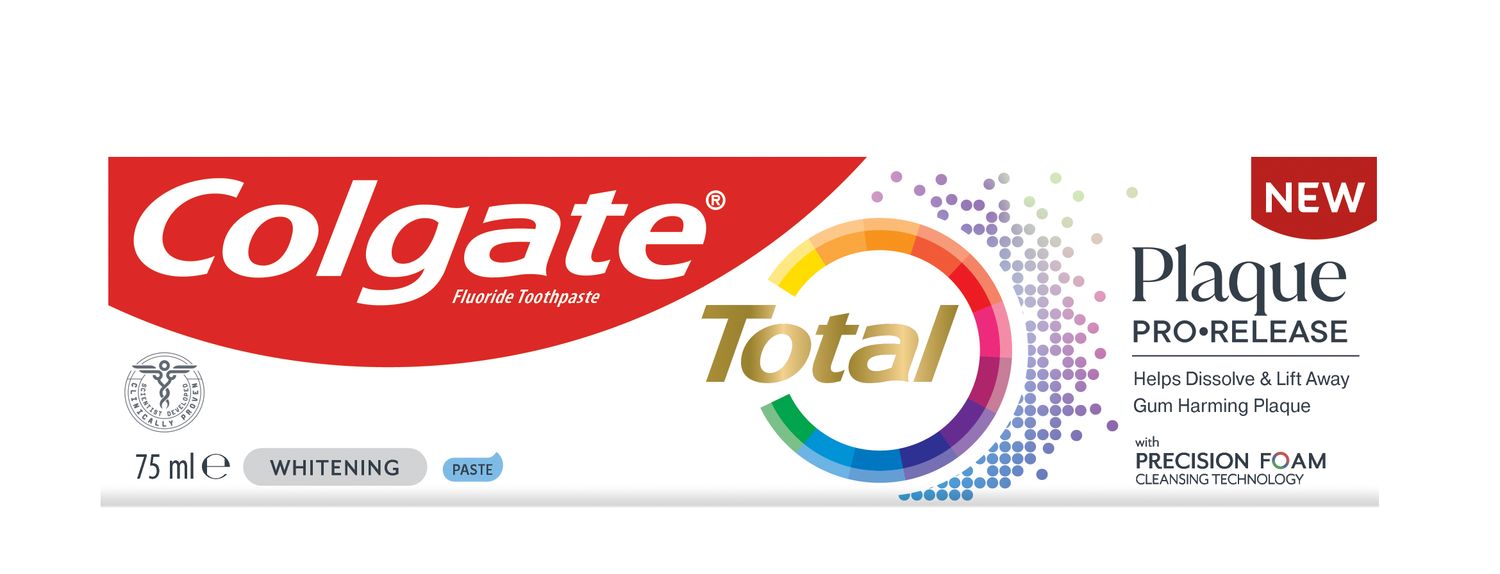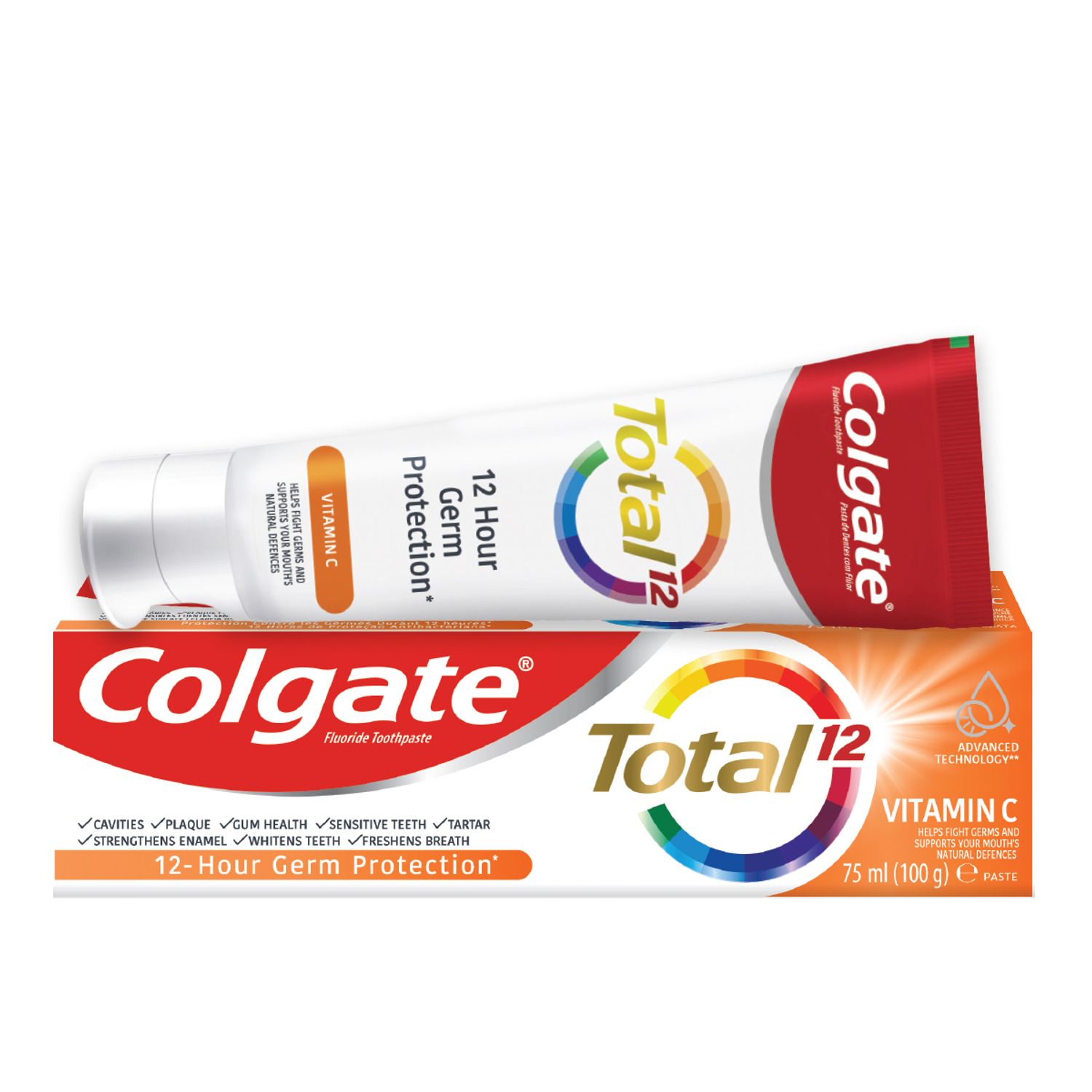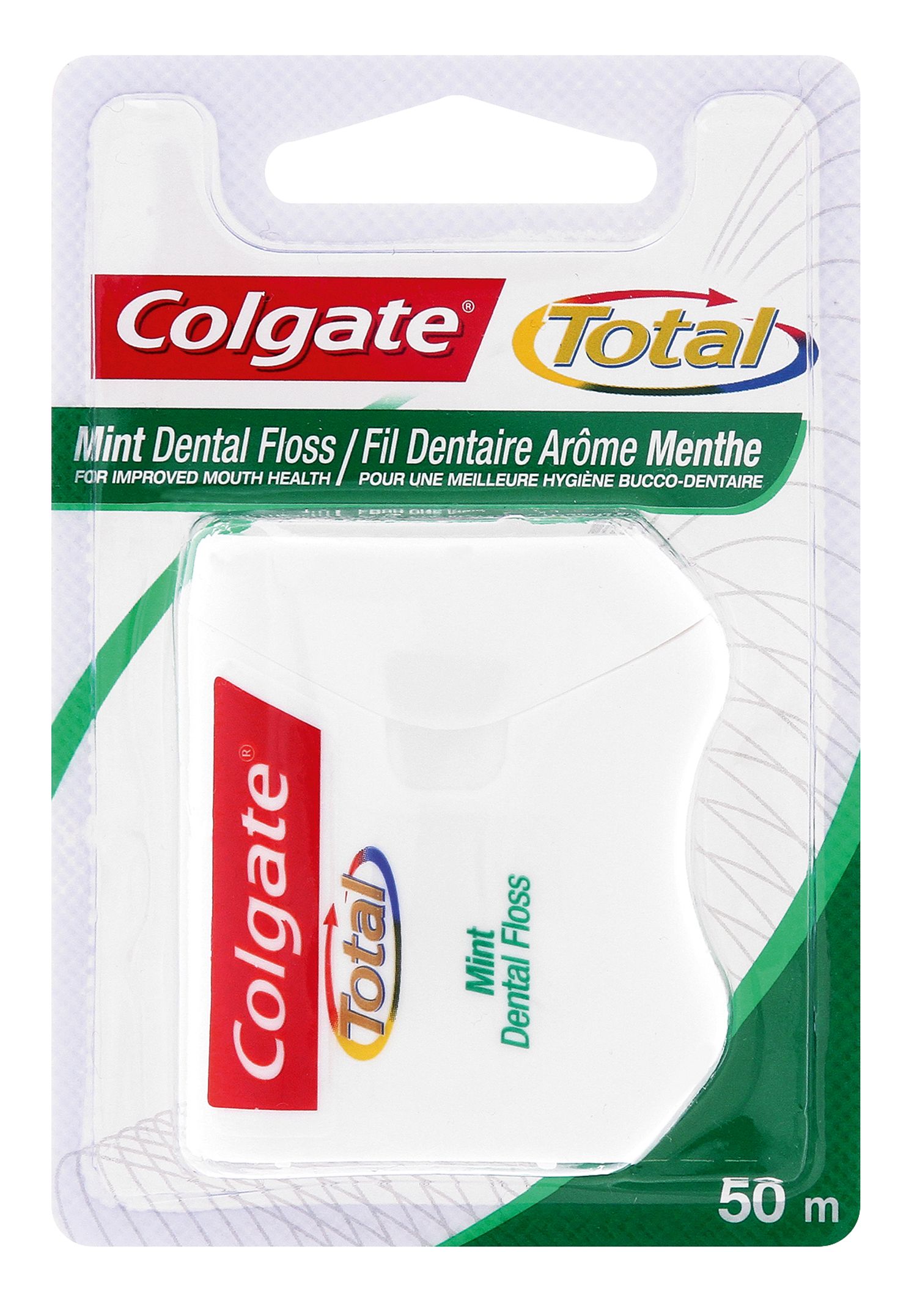-
-

CAVITIES
Can You Heal A Cavity At Home?You feel a sharp pain when you bite down or try to eat. You think it's a cavity, but you're not 100 percent sure...

BAD BREATH
How To Cure Bad BreathMore commonly known as bad breath, halitosis is an embarrassing hygiene issue that nobody wants, but some of us get every now and then...
-
Science & Innovation
- Colgate® | Toothpaste, Toothbrushes & Oral Care Resources
- Oral Health
- Enamel Erosion — How It Affects Your Teeth


You are what you eat and making sure that you eat and drink the right foods and beverages and the way you eat them will be important to you and your teeth. If you consume too much acid in drinks and foods, it could wear away your dental enamel (outside layer covering your teeth) and expose the dentin that lies underneath the dental enamel. A multicenter research study reported that dental erosion is on the increase in the United States, making prevention more important than ever. 1
What is Enamel Erosion?
Enamel erosion occurs when the enamel of the teeth is worn away or reduced by a chemical acid process. There are two types of enamel erosion:
- Intrinsic erosion — caused by gastric acid and acid regurgitation due to medical or psychological issues (e.g., acid reflux, anorexia, bulimia, etc.).
- Extrinsic erosion – occurs when dietary acids (e.g., sugar consumption, diet sodas, fruit drinks, carbonated drinks, etc.) contribute to challenge the mouth to be in a very acidic state.
Signs of Enamel Erosion
When the enamel on the teeth wear down, it can cause several things to occur:
- Teeth may become further worn down
- Teeth become discolored because the enamel has worn away and the dentin is exposed; see dentin in yellow on the image below
- Tooth sensitivity can occur because the enamel is worn away both on the lip and tongue surfaces of the teeth and the dentin is a softer material than the enamel and is more sensitive to touch, air, biting forces and acid exposure
- The edge of the front teeth may look transparent
If you notice these types of changes in your mouth, please consult your dentist and schedule an appointment for a professional consultation to examine your teeth.
What Changes Can Be Made to Improve Your Teeth?
Once you have completed your appointment with the dentist, you may want to discuss what next steps need to occur in order to reduce dental erosion in the mouth:
Over what time span, have you been suffering from enamel erosion?
Identify the frequency of acid intake and how the acids are consumed.
Consult a nutritionist to assist in dietary assessment and reducing acid intake.
Determine if you suffer from gastric reflux, regurgitation or eating disorders.
Identify which teeth will need to be replaced by cosmetic restorations and/or bonding agents.
Dental erosion affects all age groups and appears to be related to dentin hypersensitivity.2 Acidic foods and drinks need to be eliminated because they cause erosion of the teeth. A desensitizing toothpaste can also be used that has a low abrasivity for pain relief of. Sealants may be considered to be placed or bonding agents to reduce the progression of erosion. The application of fluoride will help to increase resistance of the acid dissolution rather than remineralizing the teeth.
Consult your dentist to discuss options for treating enamel erosion and the type of esthetic treatments he/she would provide to you.
References:
1 Information obtained on the U.S. Health and News Web site at http://health.usnews.com/usnews/health/healthday/080312/dental-erosion-on-rise-in-us_pr.
2 Smith, BGN, Robb ND. The prevalence of toothwear in 1007 dental patients. J Oral Rehabil 1996, 23:232-239.
Related Products

Helping dental professionals
More professionals across the world trust Colgate. Find resources, products, and information to give your patients a healthier future











